MOTOR SPORTS
Why F1 shifted from grooved tires to slick tires
F1 initially shifted to grooved tires in 1998 in order to reduce the grip levels of tires, and hence slow the cars down to safer speeds. Although the FIA managed to reduce the mechanical grip available to the cars, the teams, using their engineering talent, clawed back all the lost grip using aerodynamics. This led to crazier and crazier solutions, until the cars ended up looking like this:
By 2008, F1 cars had all sorts of aerodynamic appendages and winglets, as might be evident from the 2008 McLaren above (the worst offender, IMO), all of which helped in gaining downforce. But there was a side effect to this; as soon as one car came near the back of another car, these aero-appendages lost their effectiveness. Why? Because of “dirty air”.
Dirty air is the turbulent, disturbed air left behind in a car’s wake, due to it moving at high speed. As a visualization, here is the difference between clean air and dirty air:
Clean air
Dirty air
Because these aerodynamic devices were pretty much useless in dirty air, F1 cars became slower as the approached the back of another car. As a result, wheel-to-wheel racing became close to non-existent, and the preferred method of overtaking was through pit strategy, by using different fuel loads. From this website, we can see that for 2008, there were on an average 10.5 passes on the track for every GP. This made races extremely boring for many casual viewers, who expected more action on the track, as opposed to deeply studying the intricacies of pit strategy.
So the FIA decided to re-introduce slick tires, as well as regulate aerodynamics, in order to reduce the dependency on aerodynamic grip, while increasing mechanical grip. This would help in increasing wheel-to-wheel racing, and make races more exciting. And we could say that they achieved a degree of success in their main objective.
Again, looking at the overtaking statistics, we can see that while 2009 was even worse than 2008 in terms of over-taking, that could be discounted, as it was a year of major regulation changes. Looking at 2010, we see a major jump in overtakes. This is not only due to the changes above, but also due to the ban on refueling during races.
-
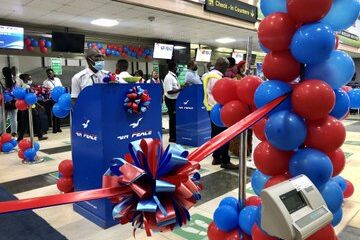
 AVIATION5 years ago
AVIATION5 years agoPhoto News: Air Peace commence flight operations to South Africa
-
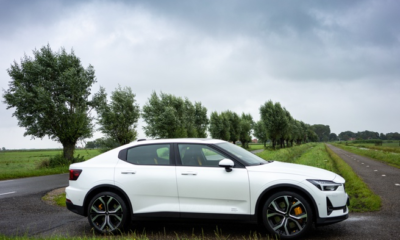
 Car News5 years ago
Car News5 years agoPolestar is recalls over 2000 electric cars due to software bug
-
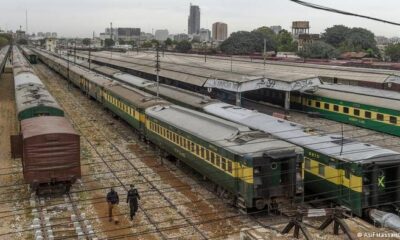
 RAIL5 years ago
RAIL5 years ago36 Killed in Pakistan Train Accident
-
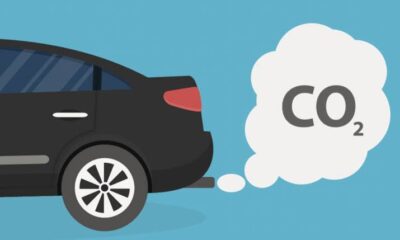
 Technology5 years ago
Technology5 years agoCommon mistakes in CO₂ emissions calculations
-
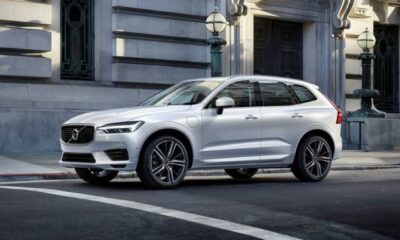
 Business5 years ago
Business5 years ago2016 Volvo XC60 review and specifications
-
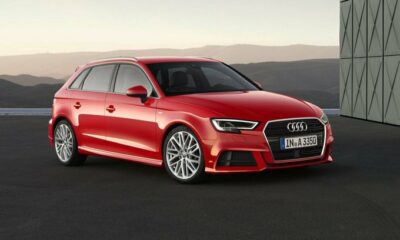
 Reviews5 years ago
Reviews5 years ago2021 Audi A6 Specifications and Review
-
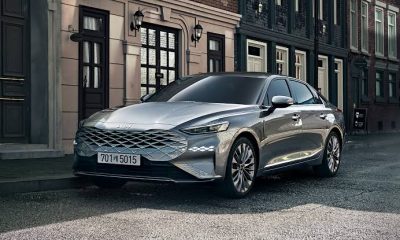
 Reviews3 years ago
Reviews3 years agoDebutant Kia’s new K8 sedan benchmarks luxury, safety
-
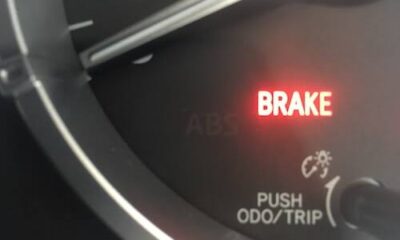
 SAFETY / CAR CARE5 years ago
SAFETY / CAR CARE5 years agoHandbrake warning light; what it means and what to do
